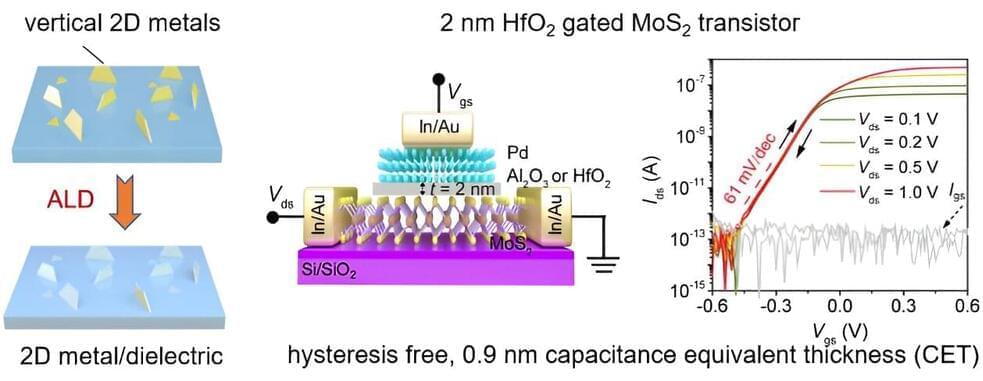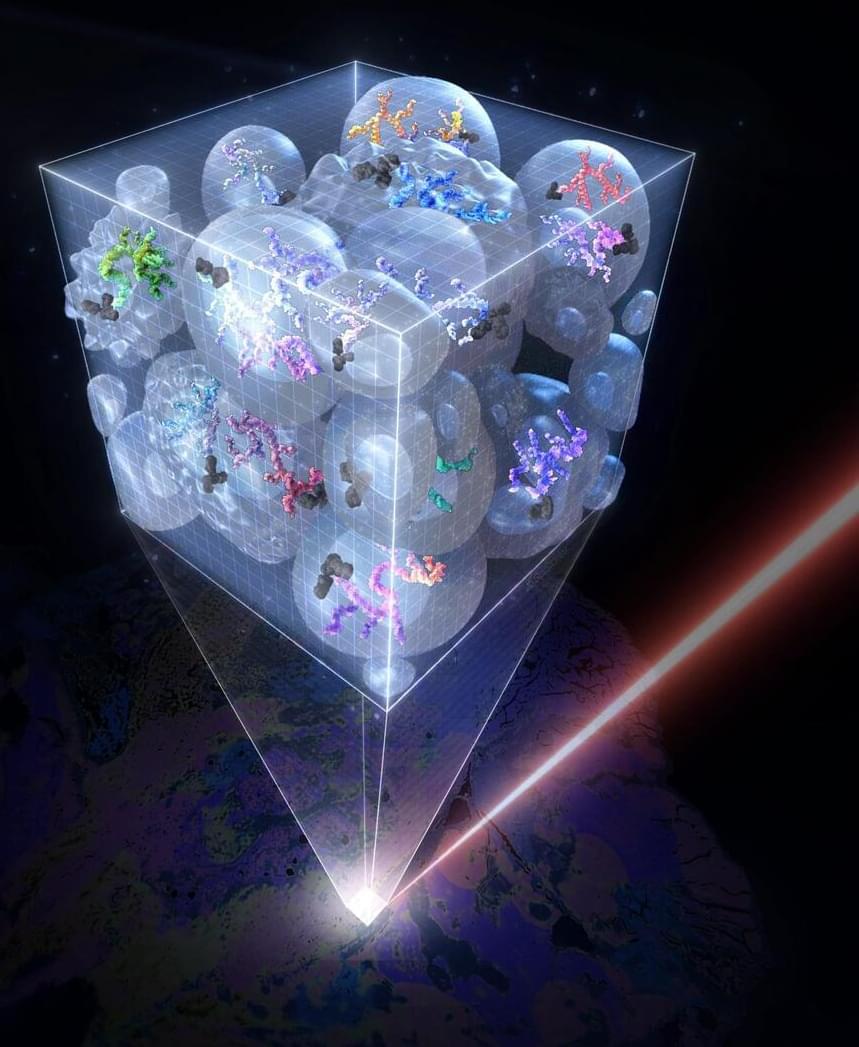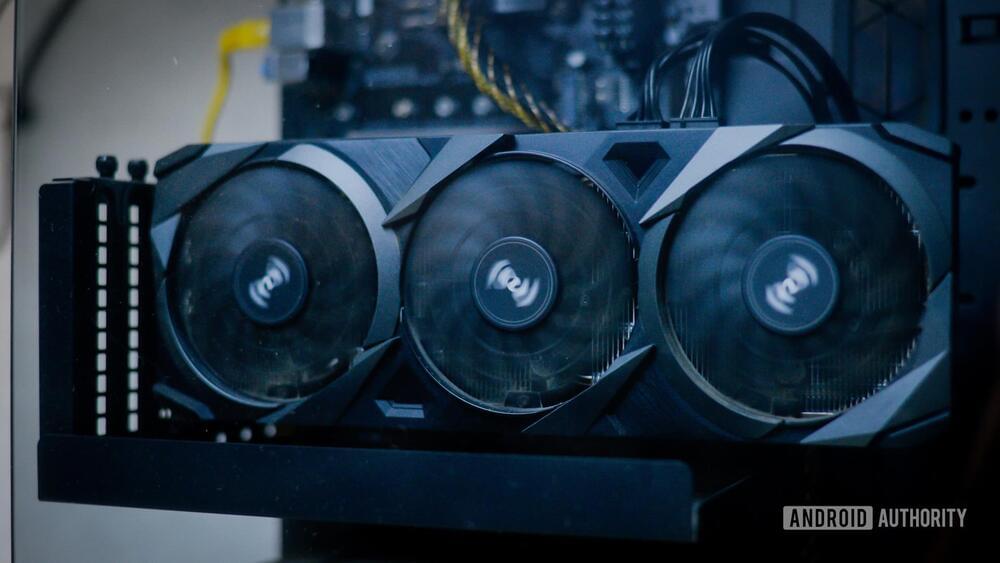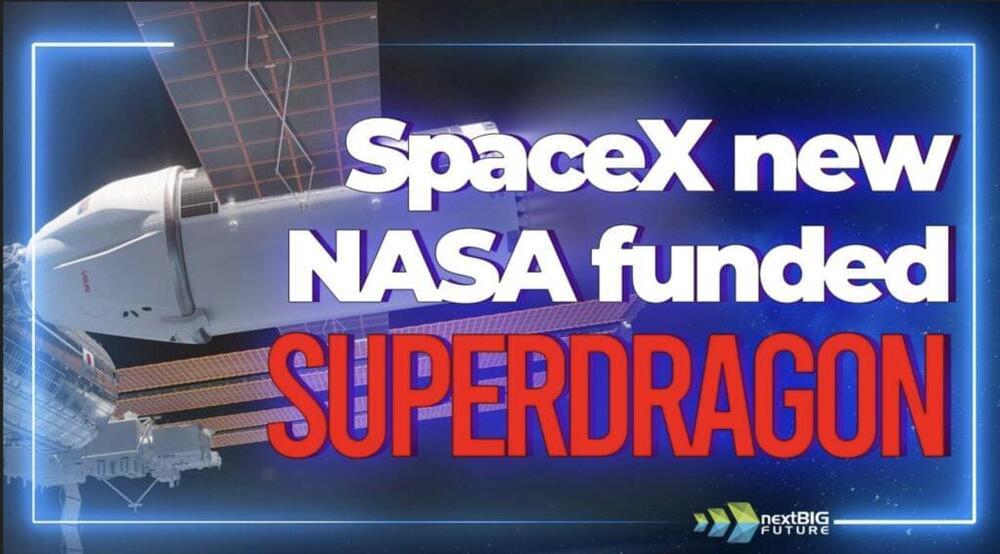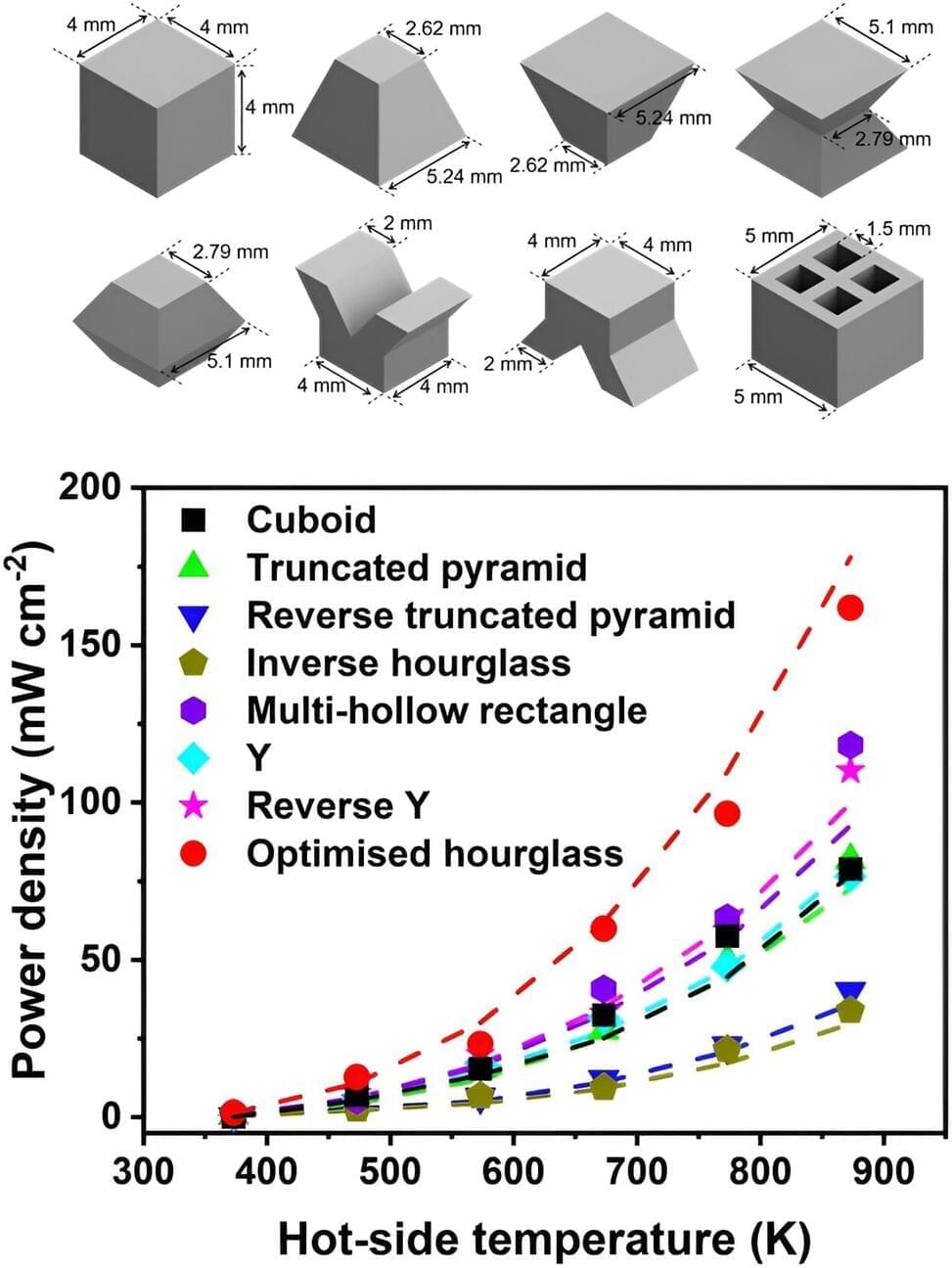The effective integration of extremely thin insulating layers with two-dimensional (2D) semiconductors could enable the fabrication of 2D transistors with an electrical capacitance comparable to SiO2 with thicknesses below 1-nm. These transistors could, in turn, help to boost the performance and reduce the power consumption of electronic devices.
Researchers at Nankai University in China recently introduced a new strategy to synthesize single-crystalline metal nanosheets that could be easily transferred onto 2D substrates. This strategy, outlined in a paper in Nature Electronics, was successfully used to deposit 2-nm-thick dielectrics based on Al2O3 or HfO2 for highly performing top-gated transistors.
“At the very beginning, we aimed to developing the chemical vapor deposition (CVD) synthetic strategy of 2D Cu2O, which is a p-type high-mobility 2D semiconductor,” Jinxiong Wu, corresponding author of the paper, told Tech Xplore.
